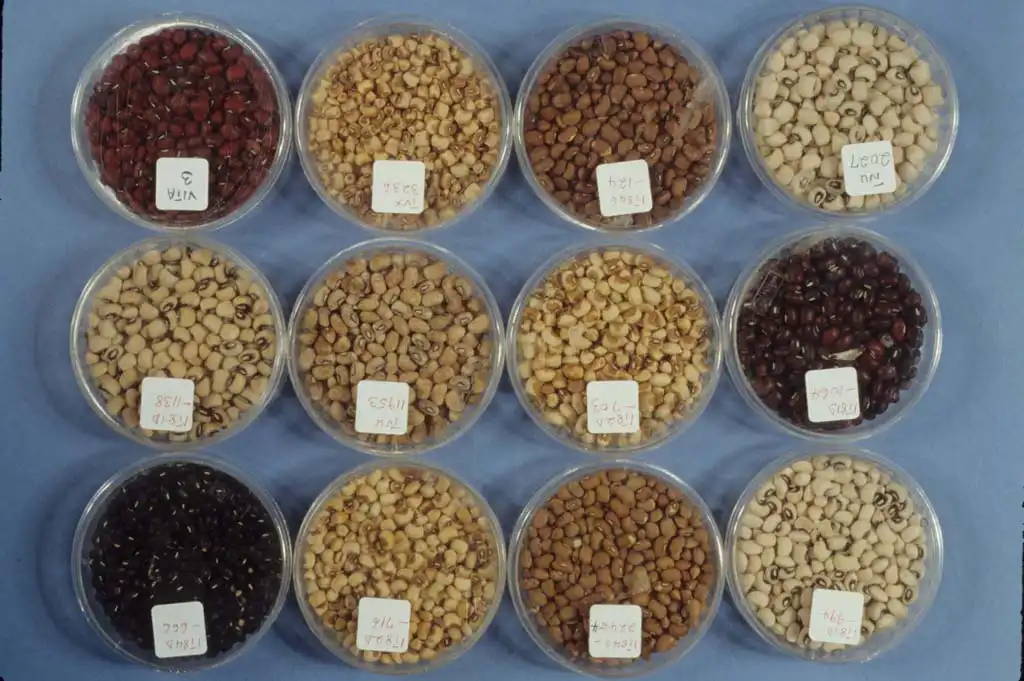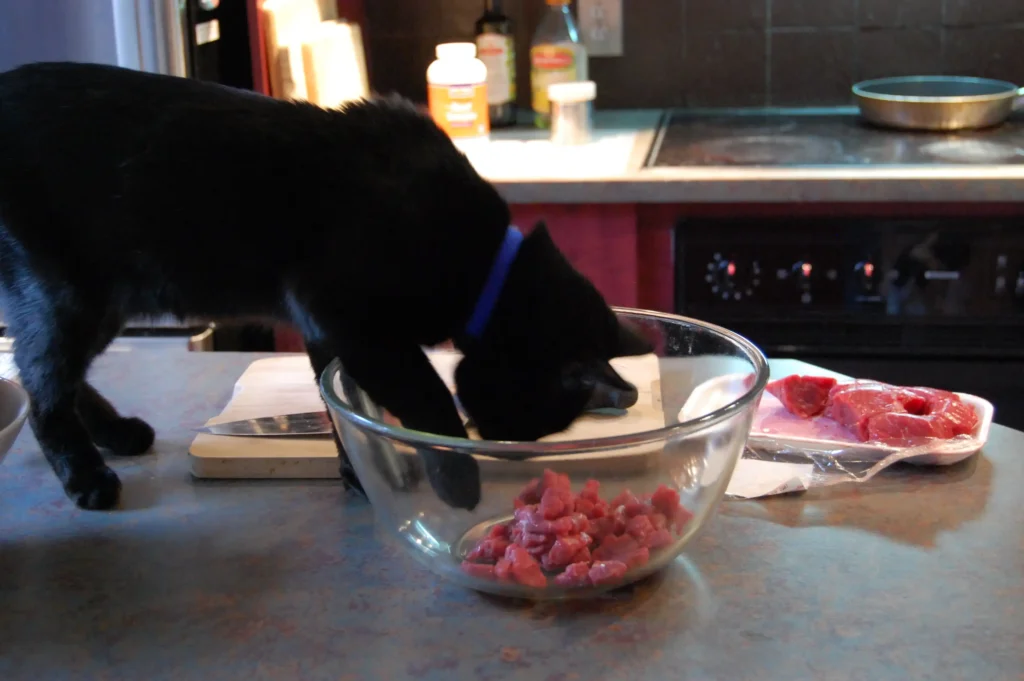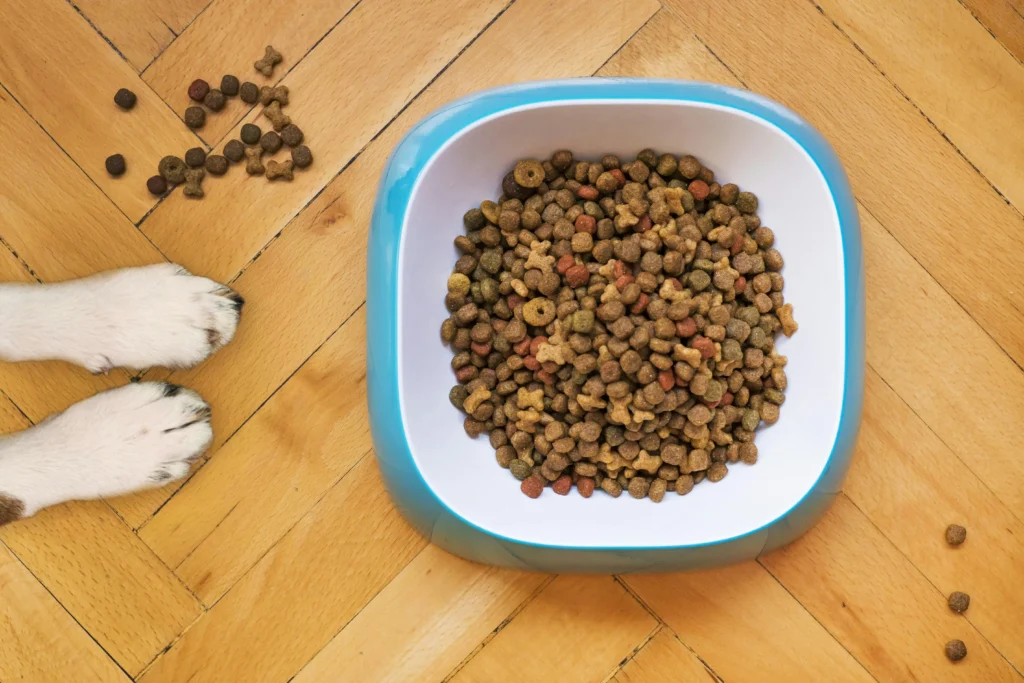As a pet owner, one of the most critical decisions you will make is what to feed your furry friend. The pet food market is saturated with options, each claiming to be the best. With so much information available, how do you discern what truly constitutes the best pet food? In this guide, we’ll explore the different types of pet food, the nutritional needs of pets, and share personal anecdotes to help you make an informed decision.
Main Points of Post
Understanding Your Pet’s Nutritional Needs
Before diving into specific brands or types of food, it’s essential to understand the unique nutritional needs of your pet. Dogs and cats are not the same, and their dietary requirements differ significantly.
Dogs
Dogs are omnivores, which means they can eat a variety of foods, including meat, vegetables, and grains. A well-balanced dog diet should contain:
- Proteins: Essential for growth and maintenance, proteins should make up a significant portion of your dog’s diet. Look for high-quality sources like chicken, beef, or fish.
- Fats: Fats are a concentrated energy source and help with skin and coat health. Look for Omega-3 and Omega-6 fatty acids, often found in fish oils.
- Carbohydrates: While not as essential as proteins and fats, carbohydrates provide energy and aid in digestion. Whole grains, vegetables, and fruits can be excellent sources.
- Vitamins and Minerals: These are crucial for your dog’s overall health. Ensure the food you choose is fortified with the necessary vitamins and minerals.
Cats
Cats, on the other hand, are obligate carnivores, meaning they require a diet primarily composed of meat. Key components of a cat’s diet include:
- High-quality Proteins: Cats need animal-based proteins to thrive. Look for real meat as the first ingredient.
- Taurine: This amino acid is essential for heart and eye health. Unlike dogs, cats cannot synthesize taurine from other amino acids, so it must be included in their diet.
- Fats: Healthy fats are necessary for energy and skin health. Omega fatty acids are especially beneficial.
- Minimal Carbohydrates: Cats require fewer carbohydrates compared to dogs. Their food should contain minimal grains or fillers.If you want to sleep your pet better than check out best bed for large dog.
Types of Pet Food

With a grasp on nutritional needs, let’s explore the various types of pet food available:
1. Dry Kibble
Dry kibble is convenient, affordable, and helps to keep your pet’s teeth clean. However, it can lack moisture, which is vital for your pet’s health. Always ensure that fresh water is available.
2. Canned Wet Food
Wet food tends to be more palatable and hydrating, which is especially beneficial for cats. It’s often higher in protein but may contain more preservatives. Check the ingredient list for quality.
3. Raw Diet
A raw diet consists of uncooked meat, bones, and vegetables. While proponents argue it mimics a natural diet, there are risks involved, such as bacterial contamination. Consulting a veterinarian before starting a raw diet is crucial.
4. Homemade Food
Preparing homemade meals can be healthy and tailored to your pet’s specific needs. However, ensuring that the diet is balanced and meets all nutritional requirements can be challenging.
5. Prescription Diets
For pets with specific health issues, prescription diets may be necessary. These diets are formulated to manage conditions like obesity, diabetes, or allergies and should always be supervised by a veterinarian.
Choosing the Best Pet Food
When selecting the best pet food for your companion, consider the following factors:
1. Age and Life Stage
Puppies and kittens require more calories and specific nutrients for growth. Conversely, senior pets may need diets lower in calories but richer in fiber and joint-supporting ingredients.
2. Health Conditions
If your pet has health issues, such as allergies or diabetes, consult your veterinarian. They can recommend suitable diets tailored to your pet’s needs.
3. Ingredients
Quality matters. Look for foods with identifiable ingredients and avoid those with vague terms like “meat by-products.” A shorter ingredient list is often better, as it indicates fewer fillers.
4. Brand Reputation
Research brands and read reviews. Look for companies that prioritize transparency and quality. Brands with veterinary nutritionists on staff are often more reliable.
5. Personal Anecdotes
My own journey with pet food began with my Labrador, Max. When he was a puppy, I chose a popular dry kibble brand, thinking it was a good choice. However, Max’s coat became dull, and he had digestive issues. After consulting with my veterinarian, I switched to a premium brand that included whole meats and fewer fillers. The change was remarkable; Max’s energy levels soared, and his coat regained its shine.
The Role of Quality Control and Safety
Pet food safety is a significant concern for pet owners. Recalls of contaminated pet food can occur, and it’s essential to stay informed about these issues. Look for brands that conduct regular safety testing and adhere to high-quality standards.
Ingredient Transparency
One of the hallmarks of a reputable brand is its commitment to transparency. Many companies now provide detailed information about their sourcing and production processes. This level of transparency can give pet owners peace of mind about what they’re feeding their companions.
The Importance of Transitioning Foods

When changing your pet’s diet, it’s crucial to transition gradually to avoid gastrointestinal upset. Start by mixing a small amount of the new food with the old food, gradually increasing the proportion over a week. This approach helps your pet adjust and reduces the risk of digestive issues.
Special Considerations for Specific Breeds
Some dog and cat breeds have specific dietary needs. For example, larger breeds like Great Danes may require diets formulated to support joint health, while small breeds might benefit from smaller kibble sizes. Research your pet’s breed and consult your veterinarian to determine the best food for them.
The Influence of Lifestyle and Activity Level
Just as humans have varying dietary needs based on activity levels, so do pets. Active dogs may require higher-calorie diets, while less active pets might benefit from weight management formulas. Assess your pet’s lifestyle to tailor their diet accordingly.
Personal Anecdote: Finding the Right Balance
My friend Sarah adopted a rescue cat named Bella. Initially, she fed Bella a low-cost brand, believing it was sufficient. However, Bella was lethargic and lost weight. After visiting the vet, Sarah learned that Bella needed a high-protein diet rich in animal-based ingredients. By switching to a premium wet food, Bella’s energy levels returned, and she became more playful.
Monitoring Your Pet’s Health
Regular veterinary check-ups are essential for monitoring your pet’s health and dietary needs. Your veterinarian can provide tailored advice based on your pet’s condition, age, and lifestyle. Pay attention to changes in your pet’s behavior, coat quality, and overall health, as these can signal dietary deficiencies.
The Bottom Line: The Best Pet Food
The best pet food ultimately depends on your pet’s individual needs. By understanding their nutritional requirements, evaluating different types of food, and considering personal anecdotes and expert advice, you can make an informed choice.
A Lasting Commitment
Feeding your pet a balanced diet is a commitment to their health and happiness. It’s not just about filling a bowl; it’s about nurturing a lifelong companion. Your dedication to researching and selecting the best food will pay off in the form of a happy, healthy pet.
As you embark on this journey of pet nutrition, remember that every pet is unique. What works for one may not work for another. Stay informed, consult professionals, and enjoy the process of discovering what makes your furry friend thriv





Man! I just bought a new cat. it have some sort of different behaviour. please help me for that